Knight Frank
Keystone Ecology were commissioned to undertake surveys and apply for and secure an EPS licence for the renovation of a grade II listed manor in Bedfordshire, which included Common Pipistrelle Bat and Brown Long-eared Bat maternity roosts and Soprano Pipistrelle Bat and Natterer’s Bat day/night roosts.
What did we do?
- Following preliminary surveys, we designed and implemented a suite of bat roost activity surveys of the main house and outbuildings to confirm the status of the identified roosts.
- Analysed baseline bat survey data to assess potential impacts of building restoration and repair on resident bat roosts.
- Designed an appropriate mitigation/compensation strategy and applied for, and thereafter implemented an EPS licence in respect of bats.
- Prevented delay in work schedule by enabling specified works to progress whilst waiting for a EPS licence to be secured under a detailed Precautionary Working Method Statement.
Submitted appropriate licence amendments to ensure compliance at all times.
How did we do it?
- The bat surveys were undertaken by licensed bat surveyors with extensive experience of complex buildings with high bat roost potential to ensure the collection of robust field data with effort in line with best practice guidance.
- Surveys established precise bat numbers and movement within the buildings. Results were used to design appropriate mitigation and a detailed timetable for all contractors to work to. Mitigation and timings were designed in respect of the work program and budget for the job.
- Regular site meetings were organised with the client to discuss timescales, construction program, mitigation design and the overall progress of the development. Regular liaison with Natural England to ensure modification requests were assessed in a timely fashion and understood in full.
What were the outcomes?
- A suite of approved works and the installation of scaffolding were delivered in advance of an EPS licence and prevented program delays.
- An EPS licence was successfully obtained on the first application.
- Development was designed to retain certain bat roost locations.
- Exclusion and re-roofing work commenced on schedule and bats were safely relocated to the mitigation bat boxes installed in the grounds with exclusion works extended beyond the typical season due to appropriate weather conditions and following approval from Natural England.
- Modification requests were dealt with promptly, which avoided any delay to the work schedule and provided flexibility where unexpected delays occurred.
- Evidence of roosting bats was confirmed within the mitigation bat boxes installed on site. The mitigation in the structures will be subject to a suite of monitoring surveys to ensure successful uptake during 2017.
This entry was posted in Case Studies, Ecology, Residential and Commercial Development. Bookmark the
permalink. Both comments and trackbacks are currently closed.
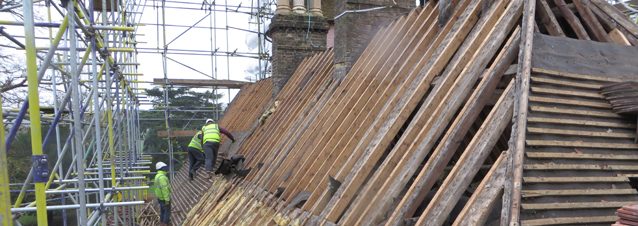
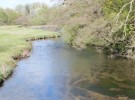
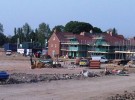

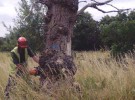

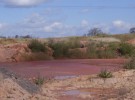

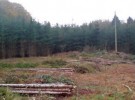
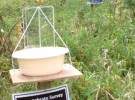



Renovations to Grade II Listed Manor
Knight Frank
Keystone Ecology were commissioned to undertake surveys and apply for and secure an EPS licence for the renovation of a grade II listed manor in Bedfordshire, which included Common Pipistrelle Bat and Brown Long-eared Bat maternity roosts and Soprano Pipistrelle Bat and Natterer’s Bat day/night roosts.
What did we do?
Submitted appropriate licence amendments to ensure compliance at all times.
How did we do it?
What were the outcomes?